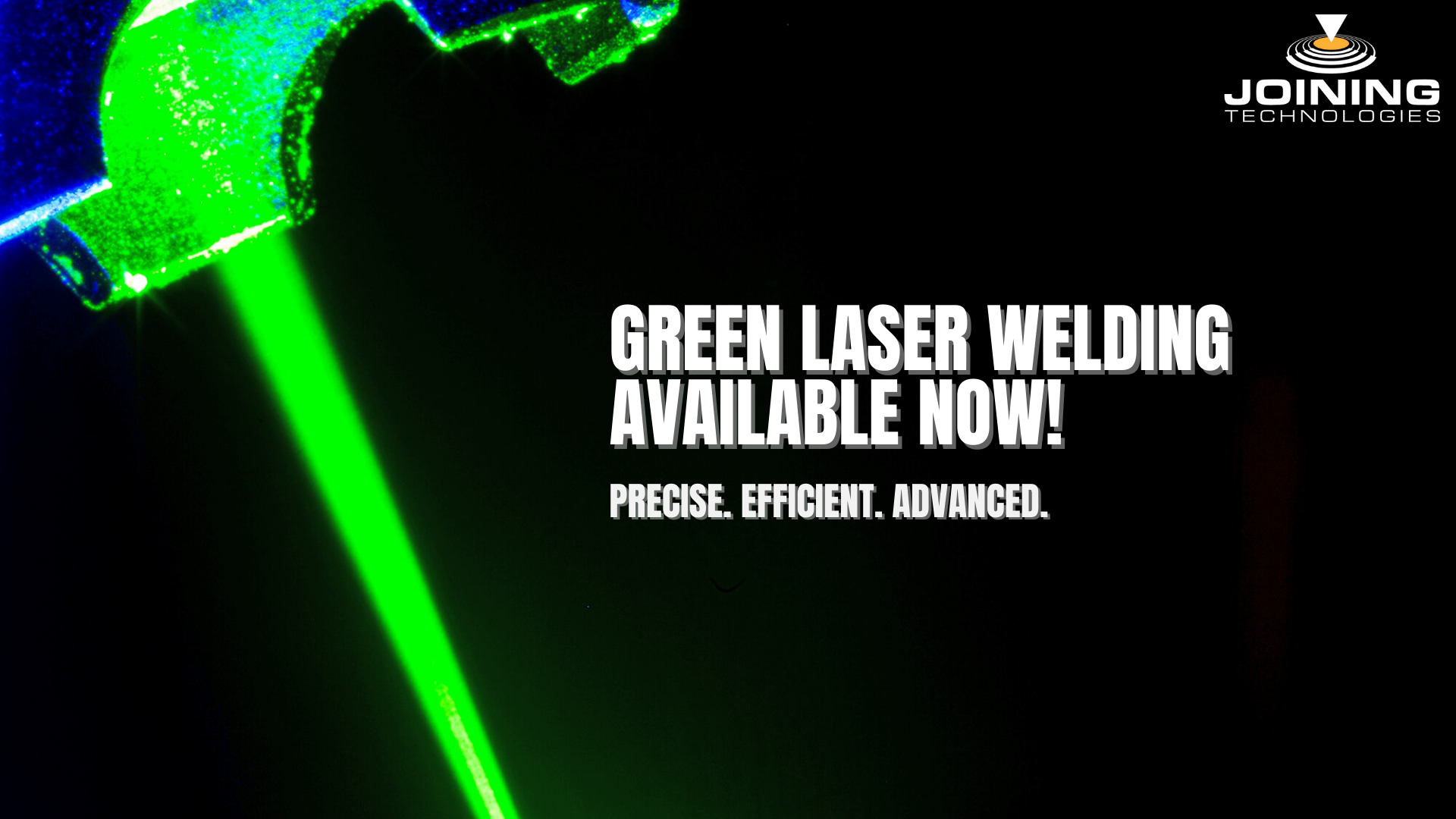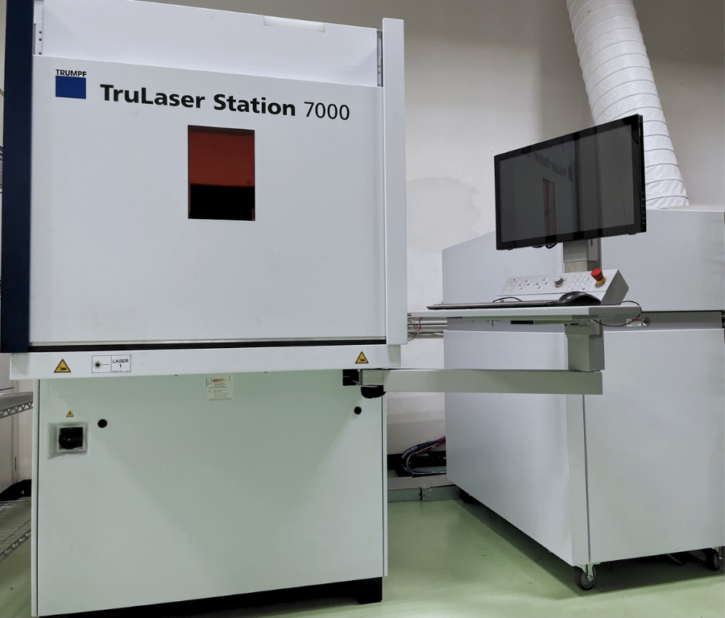
In the ever-evolving landscape of manufacturing and precision engineering, innovation is the key to achieving higher levels of efficiency, precision, and quality. One such groundbreaking advancement in the field of welding technology is the emergence of green laser welding. In this blog post, we will delve into the fascinating world of green laser welding, its advantages, applications, and the future it promises in various industries.
What Is Green Laser Welding?
Green laser welding is an advanced welding technique that utilizes lasers emitting green light with a wavelength of around 532 nanometers. Unlike traditional welding methods, which use infrared or CO2 lasers, it has several unique characteristics that make it a game-changer in many industrial applications.
What Are the Advantages?
- Enhanced Precision – Green laser welding offers exceptional precision and control, making it ideal for applications where accuracy is paramount. The shorter wavelength of green light allows for smaller spot sizes and finer details, resulting in neater welds.
- Reduced Heat Affected Zone (HAZ) – Green lasers generate less heat during the welding process, leading to a smaller HAZ. This minimizes the risk of distortion or damage to sensitive materials, such as electronics or medical devices.
- Improved Absorption – Materials that are traditionally challenging to weld, like copper and gold, absorb green light more efficiently. This widens the range of materials that can be effectively joined using this method.
- Energy Efficiency – Green lasers are more energy-efficient than their counterparts, reducing operational costs and environmental impact.
- Minimal Post-Processing – Thanks to its precision, this process often requires minimal post-processing, saving time and resources in the production cycle.
Green lasers, Green Transportation
While green lasers have solved lots of challenges in recent times, one very popular application is EV batteries. Specifically, connectors and busbars. Copper and aluminum are sought after in battery assemblies for their conductivity, but again, they are also among the most reflective metals, and challenging to weld. This is just one of the challenges to overcome as automobile OEM’s race to build a higher performing EV battery.
Here at Joining Technologies, that challenge is an opportunity to help automotive manufacturers build a better battery and meet ever-growing product demand in the most efficient way possible.
A green laser excels at welding reflective materials, doing so efficiently, without creating spatter, and without making contact. Controlled heat affected zones prevent the interior contents of the battery from being disturbed.
The reliable results achieved using a green laser translates to more batteries produced in a shorter window. Manufacturers meet demand while decreasing costs. Further, reduced manufacturing costs means more competitive price tags. Thanks to the higher quality of the welds, and the ability to work with conductive materials, batteries are much more efficient and hold a charge for an extended amount of time. Welding innovations like this are allowing electric cars to go greater distances before needing a recharge.
Other Applications & Industries
The versatility of this process has led to its adoption in various industries:
- Electronics – This method is used to assemble delicate electronic components with precision and minimal heat impact.
- Medical Devices – Medical devices, such as pacemakers and catheters, benefit from the precision and cleanliness of this method.
- Aerospace – In the aerospace industry, green laser welding is employed to create lightweight, strong joints in aircraft components.
What Does the Future Look Like?
As technology continues to advance, we can expect this process to continue to play an increasingly pivotal role in various industries. Research and development efforts are ongoing to expand the range of materials that can be effectively welded using this technique. Additionally, automation and robotics are being integrated with green laser welding systems to enhance productivity and consistency.
In conclusion, this new method represents a significant leap forward in precision joining technology. Its ability to provide unparalleled precision, reduce heat-affected zones, and broaden the range of weldable materials makes it an invaluable tool in the manufacturing world. As this technology continues to evolve, its impact on industries across the board is set to grow, reshaping the way we approach precision welding.
If you’d like to learn if this process is right for your job, ask an expert or request a quote now!

Have Some Questions?
Let us answer them by clicking the button below!